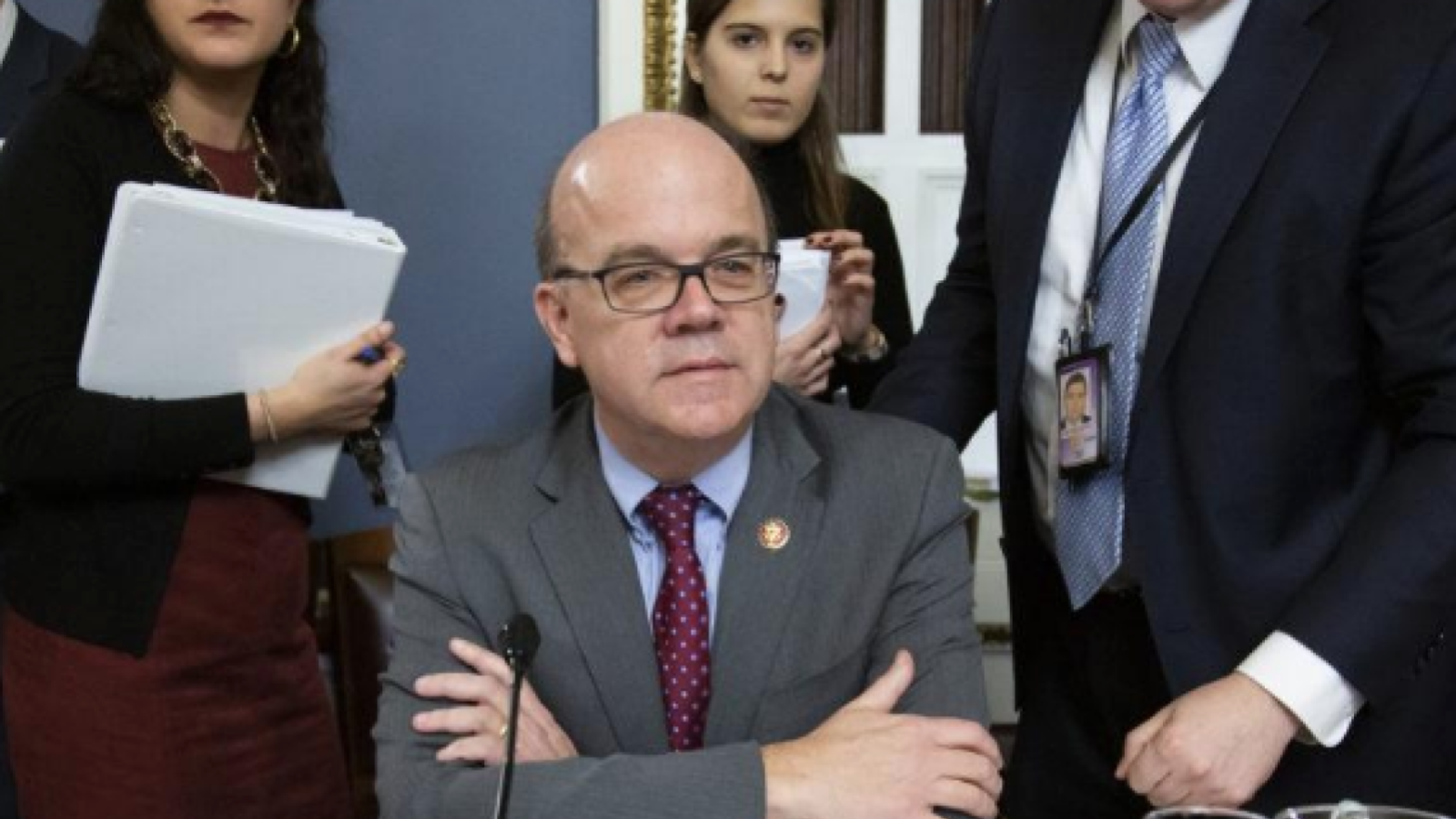Partisan polarization is a term used to describe the increasing ideological divide between political parties, particularly the Democratic and Republican parties in the United States. It refers to the growing animosity and lack of cooperation between members of opposing parties, leading to a more adversarial and less productive political environment.
- In the ‘About’ section of this post is an overview of the issues/challenges, potential solutions, and web links. Other sections have information on relevant legislation, committees, agencies, programs in addition to information on the judiciary, nonpartisan & partisan organizations, and a wikipedia entry.
- To participate in ongoing forums, ask the post’s curators questions, and make suggestions, scroll to the ‘Discuss’ section at the bottom of each post or select the “comment” icon.
ThePartisan Polarization category has related posts on government agencies and departments and committees and their Chairs.
PBS News Hour – 10/01/2022 (08:19)
https://www.youtube.com/watch?v=eV74QGL3Dxs
PBS NewsHour spent much of last week trying to examine what still divides our country and the deep polarization that preceded the Jan. 6 riots. Now, Paul Solman looks at multiple efforts to bridge those major political and cultural fissures in the U.S., beginning with smaller steps forward.
Correction: This segment includes a reference to StoryCorps being a part of NPR. It is an independent organization that has a partnership with NPR. We regret the error.
OnAir Post: Partisan Polarization








